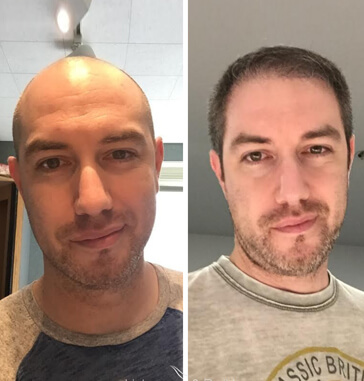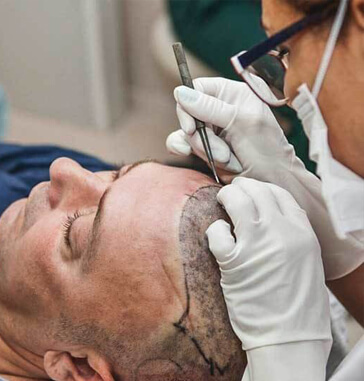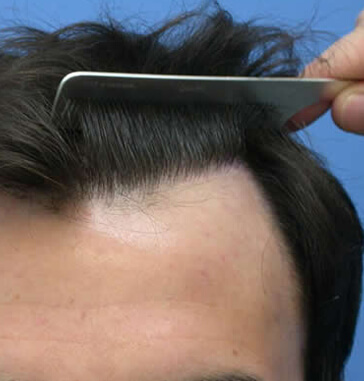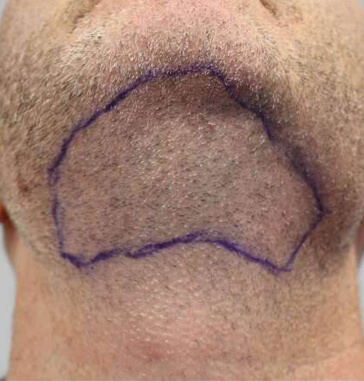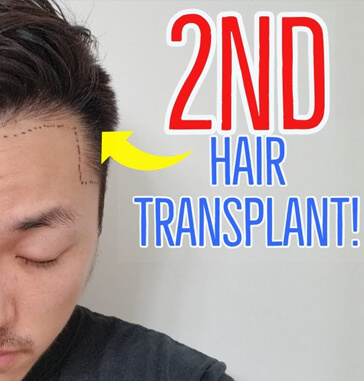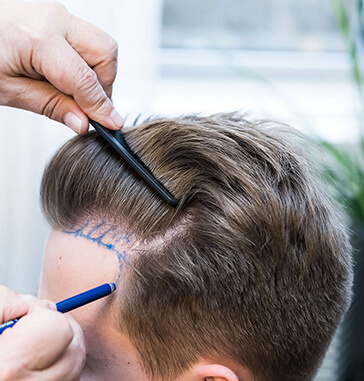What Is PRP Hair Treatment?
PRP ( abbreviation for platelet-rich plasma ) has been used since the 1980s, especially for pain management and the healing of musculoskeletal conditions. It is a treatment made of the patient's blood. First, the patient's blood is taken out via syringe and then separated into its component, one of which is platelet-rich plasma. PRP is then injected into the skin through fine needles. PRP treatment for hair health aims to promote healing after a hair transplant and trigger hair growth in general.
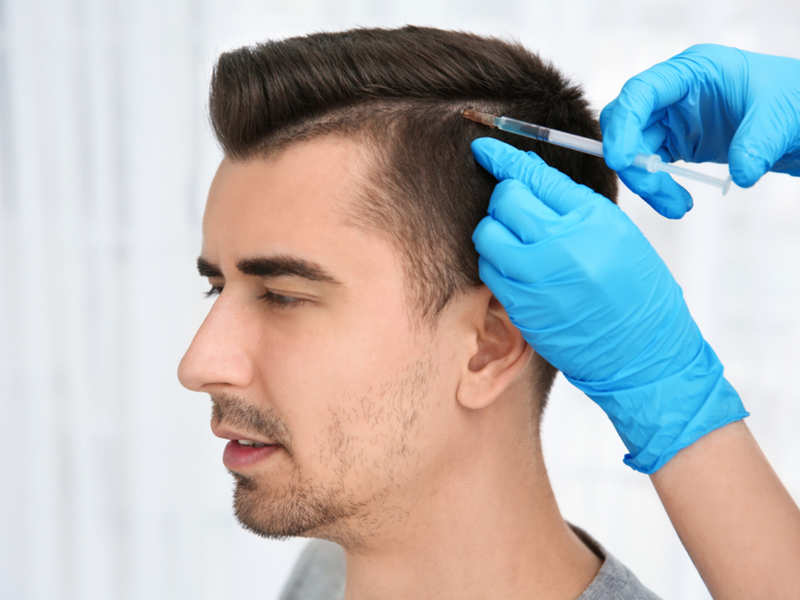
How Is PRP Hair Treatment Applied?
PRP is applied with syringes and in sessions. It consists of three stages and needs about 10 sessions in total to be effective. First, the healthcare provider will take your blood with a syringe and put it in a centrifuge. A centrifuge is a type of machine that separates the liquids by density. And then, the blood will rotate rapidly for 10 minutes in a centrifuge to divide into three components: red blood cells, platelet-poor plasma, and platelet-rich plasma. It is the platelet-rich plasma that will be used in PRP treatment. Your doctor will take it out with a syringe and inject it into your skin or scalp.
Benefits Of PRP Hair Treatment
PRP hair treatment aims to strengthen weak hair and stimulate the inactive hair follicles. If the hair follicles are strong they will be resistant to breakage and loss. It can be used as a hair treatment or applied after a hair transplant surgery to increase the success of the surgery. After a hair transplant procedure, the newly transplanted hair follicles will need nutrients to grow strong. PRP does not contain nutrients, but it contains growth factors that can promote cell proliferation and hence hair growth,
at least theoretically.
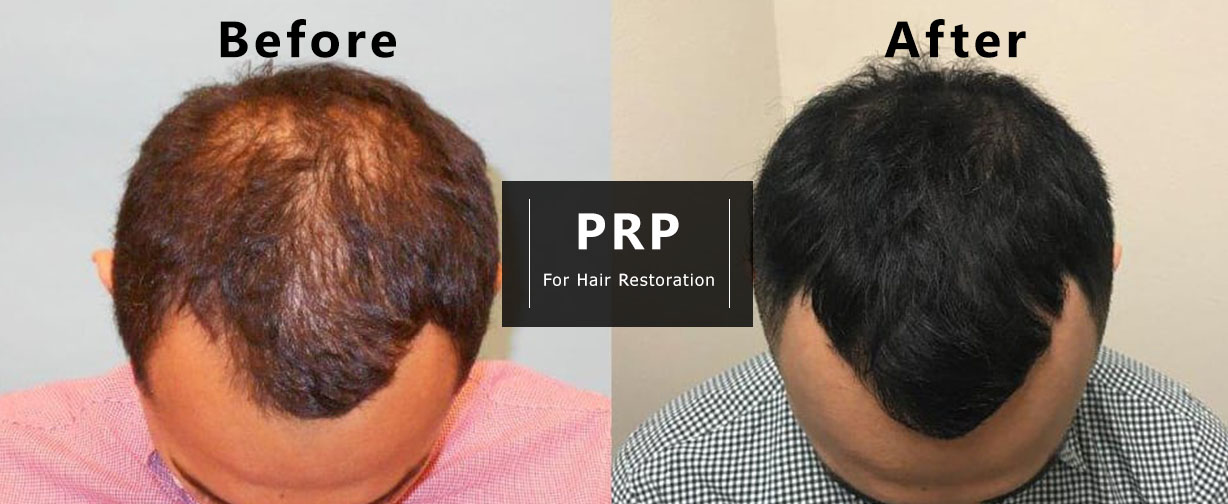
PRP For Hair Loss
Most people are not sure about the effects of PRP for hair loss, well for good reason. PRP will show its effect immediately, in about 3 to 4 months. However, you need to continue taking the following sessions regularly to see the full results. This is not a long time considering you will have to wait up to one year to see full growth after a hair transplant procedure. Even though PRP is not as effective for hair loss as a hair transplant procedure, it can slow down the progression of hair loss and delay the time to go bald.
The research on this issue shows promise, especially for male pattern baldness as most research was conducted on people with male-pattern baldness. For example, according to the findings of a study conducted in 2014, those who took PRP had an increased number of hair follicles. The average number of hair follicles increased from 71 to 93. These results are very promising considering they had the therapy every 2 weeks for 3 months.
Another study conducted in 2019 compared two groups who took different treatments for 6 months. One of them took minoxidil, and the other group took PRP injections. The results revealed that those who took PRP had better improvements for hair loss. Another important finding of the study is that it showed the number of platelets in your blood made a great difference in terms of the success of PRP. If you have low levels of platelets in your blood, you may not benefit from the therapy as much as you would if you had high levels of platelets.
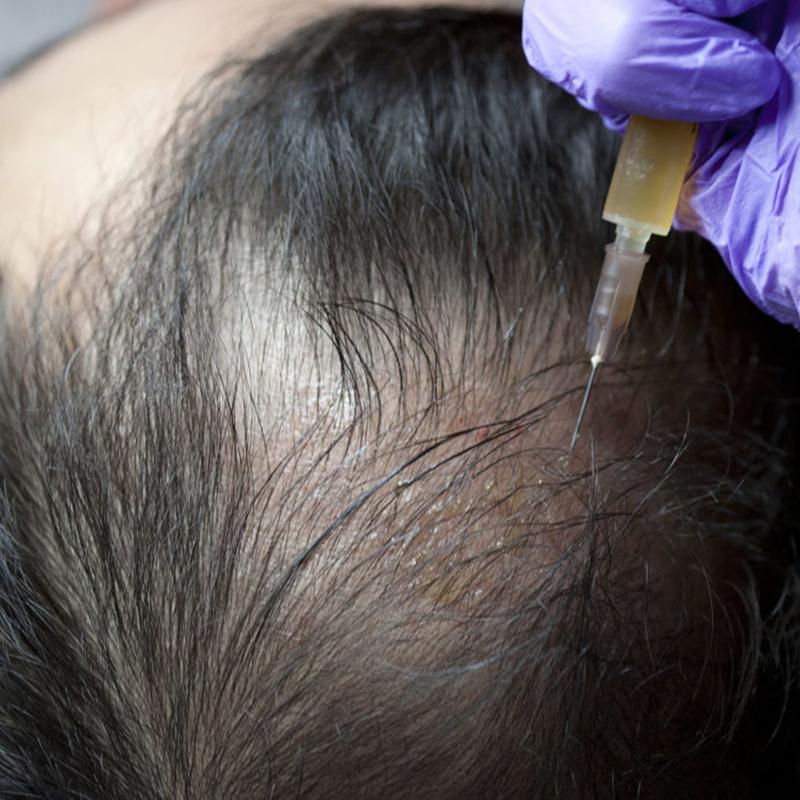
Side Effects And Risks Of PRP For Hair
PRP for hair is a generally safe procedure with minimal side effects because it is made of your blood. There is no risk of an allergic reaction; however, as is the case with any medical procedure, it has some mild risks. Possible risks and side effects of PRP treatment include:
- Nerve damage at the injection site
- Infection at the injection site
- Damage to the blood vessels at the injection site
- Pain and confusion due to the anesthesia used to numb your scalp
Those risks are minor, and most patients will not experience any of them. So you do not need to hesitate to take this therapy. However, those who had cancer treatment, who had to use blood thinners, those with autoimmune diseases, pregnant women, and people with active infection on their scalps are not good candidates for this therapy.

